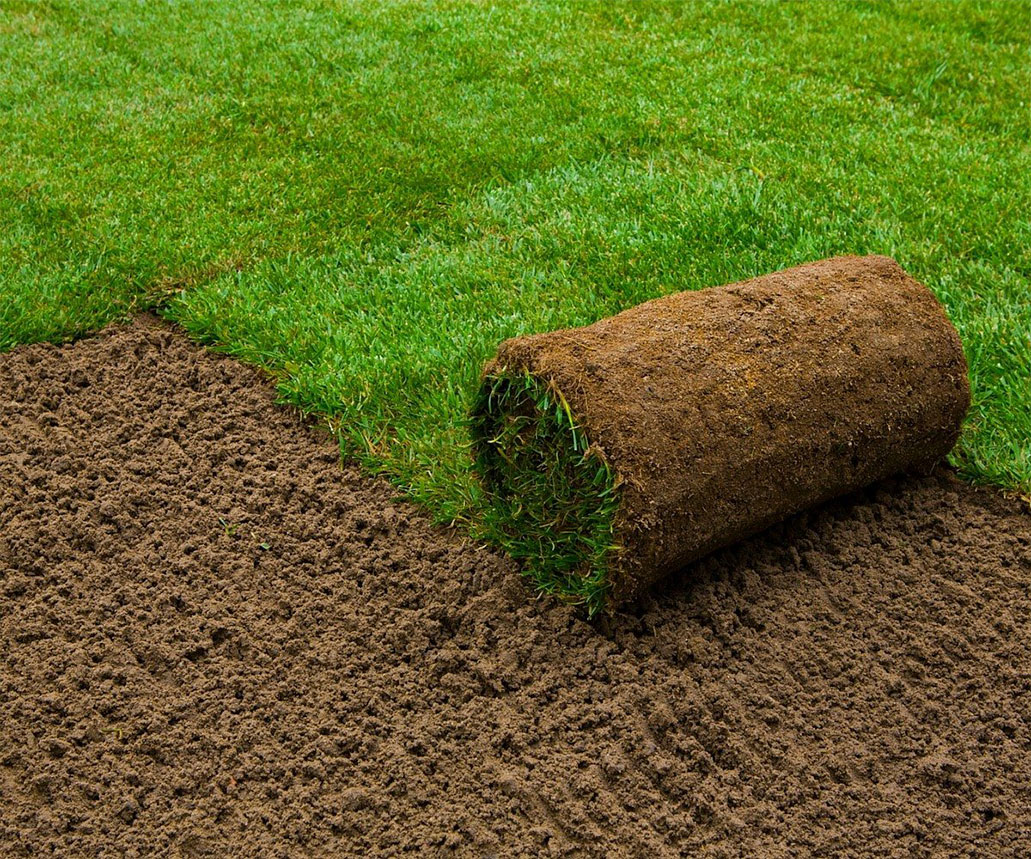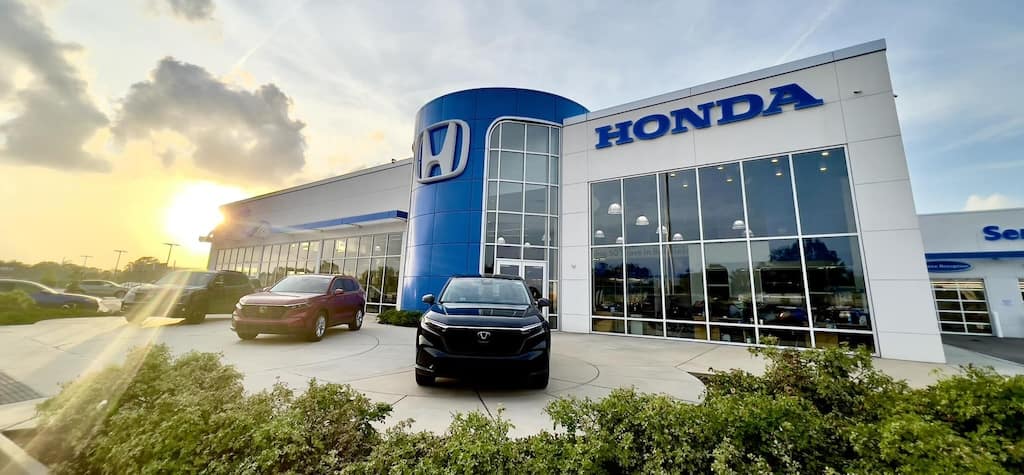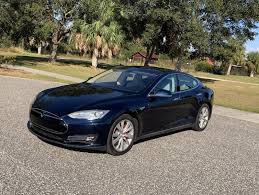When it comes to keeping a beautiful lawn in Florida, understanding the types of grass available is important. Florida has a warm and humid climate, which is perfect for some types of grass but tough for others. If you’re trying to find the best grass for your yard, or you’re just curious about the options, this article will help. We’ll take a casual but expert look at the different types of grass in Florida and what makes each one unique.
Why Is Choosing the Right Grass in Florida So Important?
Florida’s climate is known for its hot summers, mild winters, and frequent rain. Because of this, not every type of grass will thrive. Some grasses love the sun, while others prefer more shade. Some are great for resisting heavy foot traffic, while others are softer and more delicate. Choosing the right type of grass can make your lawn look amazing, save you time on maintenance, and even help reduce your water bills.also read Tims Kid in Rockledge, Florida: A Look Into Life in a Cozy Florida Town
Warm-Season vs. Cool-Season Grasses
Before we dive into the different types of grass in Florida, it’s important to know that grasses are generally divided into two categories: warm-season and cool-season grasses. Since Florida is known for its year-round warm weather, most of the grasses that thrive here are warm-season grasses. These grasses grow best in temperatures between 75°F and 90°F, making them ideal for Florida’s heat.
Now, let’s explore the most popular types of grass in Florida and their characteristics.
1. St. Augustine Grass
St. Augustine grass is one of the most popular types of grass in Florida. If you drive through neighborhoods, you’ll likely see it in many lawns. This grass is known for its thick, lush texture and its bright green color. It does really well in hot weather and can handle a fair amount of foot traffic, making it perfect for families with kids or pets.
However, St. Augustine grass does require regular watering and mowing to keep it looking its best. It thrives in sunny areas but can also tolerate some shade. If you’re looking for a lawn that stays green all year long, St. Augustine grass is a top choice.
Pros:
- Grows well in Florida’s heat
- Can handle foot traffic
- Tolerates some shade
Cons:
- Needs regular watering
- Prone to pests like chinch bugs
2. Bahia Grass
Another common grass type in Florida is Bahia grass. This type of grass is known for being tough and low-maintenance, which makes it perfect for people who don’t want to spend a lot of time taking care of their lawn. Bahia grass grows well in sandy soil, which is common in Florida, and it’s drought-tolerant, meaning it can survive long periods without rain.
Bahia grass has a coarser texture compared to other types of grass in Florida, but it’s a good choice if you’re looking for a durable and hardy option.
Pros:
- Drought-tolerant
- Low maintenance
- Grows in sandy soil
Cons:
- Coarser texture
- Can become patchy without enough water
3. Zoysia Grass
Zoysia grass is another popular type of grass in Florida. Known for its thick, carpet-like appearance, Zoysia grass is soft to the touch and feels great underfoot. This grass grows well in both sun and shade, making it versatile for different types of yards. Zoysia grass is also very drought-resistant and can handle Florida’s dry spells better than some other types of grass.
One of the best things about Zoysia grass is that it requires less mowing than other grasses because it grows more slowly. However, it does need to be watered regularly, especially during the hot summer months, to keep it looking its best.
Pros:
- Soft texture
- Drought-tolerant
- Thrives in both sun and shade
Cons:
- Requires regular watering
- Slower to grow and spread
4. Bermuda Grass
If you’re looking for grass that can handle a lot of wear and tear, Bermuda grass is an excellent choice. This type of grass is often used in golf courses and sports fields because of its ability to bounce back after heavy foot traffic. It’s also great for people who want a tough lawn that can handle running, playing, and lots of activity.
Bermuda grass is known for its fine texture and bright green color. It thrives in full sun and does best in well-drained soil. However, it can be a little more high-maintenance when it comes to watering and mowing. Bermuda grass tends to spread quickly, so regular mowing is necessary to keep it from taking over your yard.
Pros:
- Excellent for high-traffic areas
- Grows quickly
- Thrives in full sun
Cons:
- Requires regular mowing
- Can become invasive if not managed
5. Centipede Grass
For those who want a low-maintenance lawn, Centipede grass is worth considering. This grass grows slowly and requires less mowing and fertilization than other types of grass in Florida. Centipede grass has a light green color and a coarse texture. It’s ideal for homeowners who don’t want to spend a lot of time taking care of their lawns.
Centipede grass does best in full sun but can also tolerate some shade. However, it is not as drought-resistant as other grasses, so regular watering is necessary during dry periods.
Pros:
- Low maintenance
- Requires less mowing
- Tolerates some shade
Cons:
- Not very drought-resistant
- Can be sensitive to cold temperatures
6. Carpet Grass
As its name suggests, Carpet grass forms a dense, carpet-like lawn, making it a great choice for ground cover. It grows well in moist, sandy soil, which is typical in many parts of Florida. Carpet grass is an excellent choice for areas with poor soil quality because it doesn’t require much fertilization or maintenance.
However, Carpet grass is not very tolerant of drought and may need more water than other types of grass in Florida during dry periods. It is often used in areas that don’t need to be perfectly manicured, like parks or large open spaces.
Pros:
- Dense and thick
- Grows well in sandy soil
- Low fertilization needs
Cons:
- Not drought-tolerant
- Best for low-traffic areas
How to Choose the Right Grass for Your Lawn
Now that you know the different types of grass in Florida, how do you choose the best one for your lawn? Here are a few tips:
- Consider Your Climate and Soil: Florida’s climate varies depending on where you live. If you’re in the northern part of the state, you might experience cooler winters, while the southern part is warm year-round. Make sure to choose a grass type that fits your local weather conditions. Also, consider the soil in your yard. Sandy soil is common in many parts of Florida, so choosing a grass that thrives in sandy conditions is important.
- Think About Maintenance: Some grasses, like St. Augustine and Bermuda grass, require regular mowing and watering, while others like Bahia and Centipede grass are more low-maintenance. Be honest about how much time you’re willing to spend taking care of your lawn.
- Foot Traffic: If you have kids, pets, or expect a lot of foot traffic on your lawn, you’ll want to choose a grass that can handle wear and tear, like Bermuda grass or Zoysia grass.
- Sun vs. Shade: Some types of grass in Florida prefer full sun, while others can tolerate some shade. If your yard has a lot of trees or shaded areas, make sure to choose a grass that can grow in those conditions.
Conclusion
There are many types of grass in Florida, each with its own strengths and weaknesses. Whether you’re looking for a lush, thick lawn that can handle heavy foot traffic, or a low-maintenance grass that thrives in sandy soil, there’s a perfect option for every yard. By understanding the different grass types and considering factors like climate, soil, and maintenance, you can choose the best grass for your Florida lawn.
So, whether you choose St. Augustine for its classic look, Bahia for its toughness, or Zoysia for its softness, you’ll be well on your way to having a beautiful yard that’s the envy of the neighborhood.





